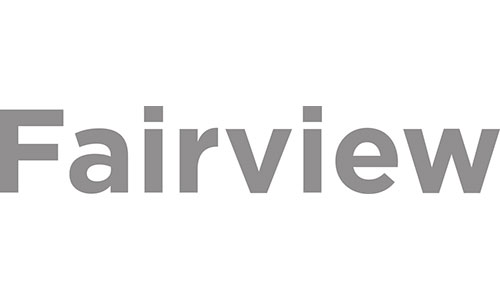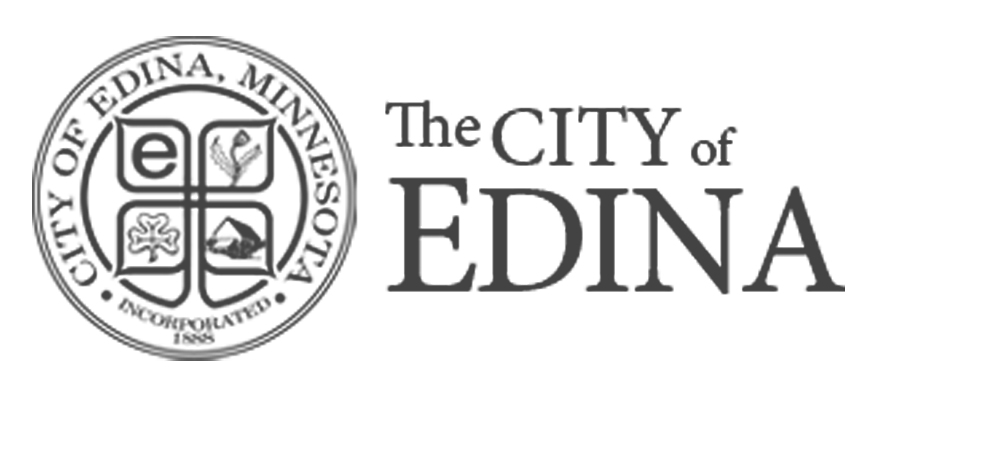Have you ever listened to a recording of yourself and said, “Wait, I sound like that?!” Only to wonder what you sound like to everyone else?
Writing copy is kind of the same thing—you might have an idea for how you want to sound, but more often than not, it doesn’t turn out the way you expect. Especially if you’re just starting out on your business venture, you’re probably deciding on the impression you want to make to your target audience.Crafting your copy is a key part of that.
So, how do you craft your copy to make your company’s message amazing? The key lies in understanding two things: your voice and tone.
What are voice and tone?
Voice: Essentially, your voice is your personality. It’s stringing words in a way that sound like you and that are unique to you.
For instance, if I had to describe Creative Arcade’s voice, it would be:
· Human
· Approachable
· Specialized
· Playful
· Honest
· Curious
Whether you’re writing a blog post or an email, website copy or an eBook, your voice should keep the same consistency, or personality, across all of your communications.
Tone: Tone, on the other hand, is your attitude. And, just like your own attitude, it’s likely to change depending on who you’re talking to and the situation you’re in.
For instance, if you’re genuinely apologizing to a friend your tone is probably going to sound more somber than sarcastic. Which is why it’s important to keep in mind that your tone should always be tailored to your target audience as you write.
Think about it. If you’re having a problem with your new vacuum and call the manufacturer for help, how would you want their tone to be?
· Thoughtful or impassive?
· Sarcastic or compassionate?
· Playful or helpful?
Remember, tone can change, but it’s important to make sure you choose the appropriate tone for the appropriate setting and that you keep your target audience at the center of it all.
Why does voice and tone matter in your writing?
1. It draws in your audience
This one seems obvious, but knowing your voice and tone is critical to relating to your target audience. It’s how to get them to click on your link in the first place. So, before you start, you have to ask yourself:
- Who am I writing to?
- Why am I writing this?
- What’s the end goal?
- What do I want my audience to know?
Then, you need to determine how to best deliver your message. Do you need to answer a question that requires a sophisticated, well-thought-out blog post? Or, do you need to promote an event where an enthusiastic Facebook post would make more sense?
2. It builds credibility and trust
Your voice and tone speak to what your company values and how you deliver that message to your target audience. Your values go hand-in-hand with the expectations your customers have of you to deliver on your promises.
That trust is the difference between making the sale and solidifying a relationship.
It’s a process that starts with crafting your tone and voice. Finding out what works, maintaining consistency in your communications, and providing your customers with feedback and clarity, can all help make your brand credible.
(Check out our blog about inbound marketing to understand the conversation process and how you turn a stranger into a promoter for your organization!)
3. It helps you become more sharable
Taco Bell is a great example of a company that has perfected their voice and tone across their social media to make themselves more sharable. Their voice is consistent across their platforms, but it stems from their website—it’s bold and cheeky, yet, not rude or offensive. Their tone is edgy and interactive, but not exactly the same across their social networks. Which also gives them engagement points for not automating every piece of content they make.
The point is, Taco Bell has crafted their voice and tone to make themselves as human and approachable as possible. This has worked to their advantage as they’ve established themselves in their market as both familiar to their audience and unique in the food service industry.
By understanding their customers and asserting their tone and voice, they’ve reached 1.87M followers on Twitter alone—meaning that their content is more than just obnoxious ads, but it’s content that comes from copy that people actually want to read. Again, it’s all about turning strangers into promoters and using your voice and tone as a tool to do it.
How do I find my company’s voice and tone?
Pin down your values and your story: what do you care about?
It’s like when you meet someone for the first time. What do you want them to know about you? Maybe, your interests and disinterests, or what you believe in, or where you came from. This is the same mentality that should go into your company. Are you a non-profit that has its roots in caring for others? Did you get together with a ragtag group of friends to come up with a crazy idea for a company? Verbally tell your company’s story to others—how do you sound when you talk about it?
If you’re passionate about it, you’ll be writing about it in no time.
Consider what language your customers are already using when talking about your company
You could spend as much time and money as you’d like trying to perfect your tone and voice. But, the truth is, it’s not necessary. The best way to get to know your target audience is to spend time with them. Can your target market be found on Twitter? Instagram? The WSJ? Start there. Remember, don’t try to please everyone when crafting your tone and voice—instead focus on one specific group. See how they are talking and writing, resonate with them, but make your copy your own.
Conclusion
Voice and tone are important identity elements, but the truth is, writing doesn’t get a lot of credit anymore. So, make sure that when you do write—whether it’s a long thoughtful blog post, or a short Facebook blast—that you keep your personality and tone in check. Let it speak to who you are and why you do what you do.
Need help crafting your copy? Send us a message at [email protected]. We’d be happy to help!
{{cta(‘6b4053bc-7e6e-4a96-b61d-a274150d8027′,’justifycenter’)}}



